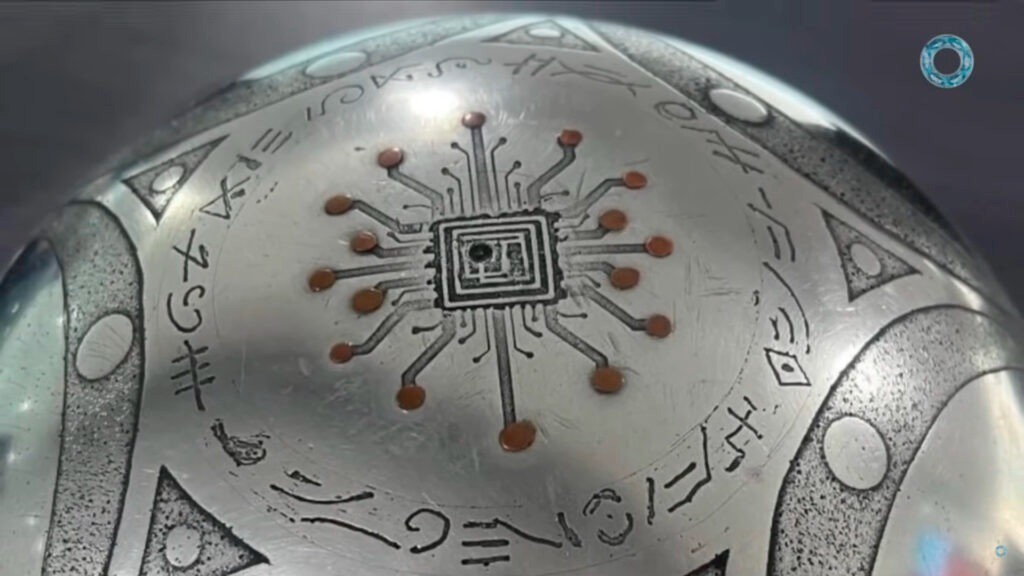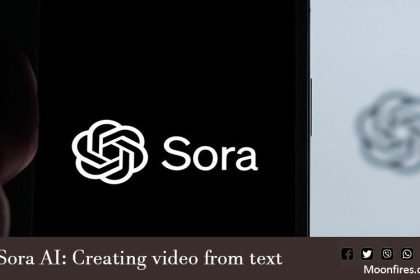The Buga Sphere is a mysterious, basketball-sized metallic orb discovered in Buga, Colombia, in March 2025, which has sparked intense debate among scientists, ufologists, and archaeologists. Described by some as a potential UFO or extraterrestrial artifact and by skeptics as possibly an elaborate art project or hoax it exhibits properties that appear to defy conventional explanations of human technology, both ancient and modern.
On March 2, 2025, witnesses in the rural Alto Bonito area of Buga reported seeing the sphere hovering and emitting a glow before it descended, crashing through high-voltage power lines without sustaining damage and landing intact in an open field. Local civilians recovered it before authorities could intervene, and videos of the event quickly went viral. The object’s arrival caused unusual environmental effects at the site, including persistent dryness of grass and soil despite heavy rainfall, along with ionization damage to nearby tree tops, which researchers attribute to static energy from the sphere.
The seamless orb consists of three layers of metal (two hemispheres joined by a belt) with no welds, joints, or signs of atmospheric re-entry damage like melting or pitting. X-ray analysis reveals nine internal microspheres and 31 precisely drilled microscopic holes containing natural resin that anchors ultra-thin, thread-like structures resembling fiber-optic cables capable of light transmission. It has a smooth exterior etched with intricate, cryptic symbols and engravings that do not match any known ancient or modern language. Preliminary decoding by experts, including Italian anthropologist Agnese Sartori and Mexican-Finnish industrial designer Jaime de Vizcaya, identifies them as Proto-Sanskrit script (predating known Sanskrit by thousands of years). The symbols appear to describe a global catastrophe involving massive sea movements, the end of a life cycle, a comet or asteroid impact, and the destruction of one world for a new one—potentially referencing the Younger Dryas period’s climatic upheavals around 12,900–11,700 years ago.
The sphere reportedly emits low-frequency (LF) waves and signals, suggesting it can transmit and receive data. It also exhibits an apparent mass fluctuation (from 8.1 kg) and has been observed to respond to certain stimuli, such as Sanskrit chants in one unverified account. Accelerator mass spectrometry at the University of Georgia carbon-dated organic resin samples from the holes to precisely 12,560 years before present, placing its creation in the Younger Dryas era time of sudden global cooling, megafauna extinctions, and possible comet impacts that predates known advanced civilizations like Göbekli Tepe by about 1,500 years.
Analysis by the Southwest Research Institute identified a highly refined aluminum alloy incorporating rare earth elements (e.g., cerium, lithium, neodymium), technologies not developed on Earth until the 19th century (aluminum refining in 1886; rare earth discovery in 1787). These materials suggest applications in electromagnetic resonance and solid-state devices far beyond prehistoric capabilities. Ongoing gamma ray studies aim to clarify its energy emissions. A 111-page report confirmed the optical fibers’ presence and properties. Researchers like Jose Luis Velazquez have called it a “very rare piece” unlike any known artifact, while physicist Julia Mossbridge urges vetting through groups like the Galileo Project to rule out hoaxes.








 If you want to use your preferred UPI app, our UPI ID is raj0nly@UPI (you can also scan the QR Code below to make a payment to this ID.
If you want to use your preferred UPI app, our UPI ID is raj0nly@UPI (you can also scan the QR Code below to make a payment to this ID.






